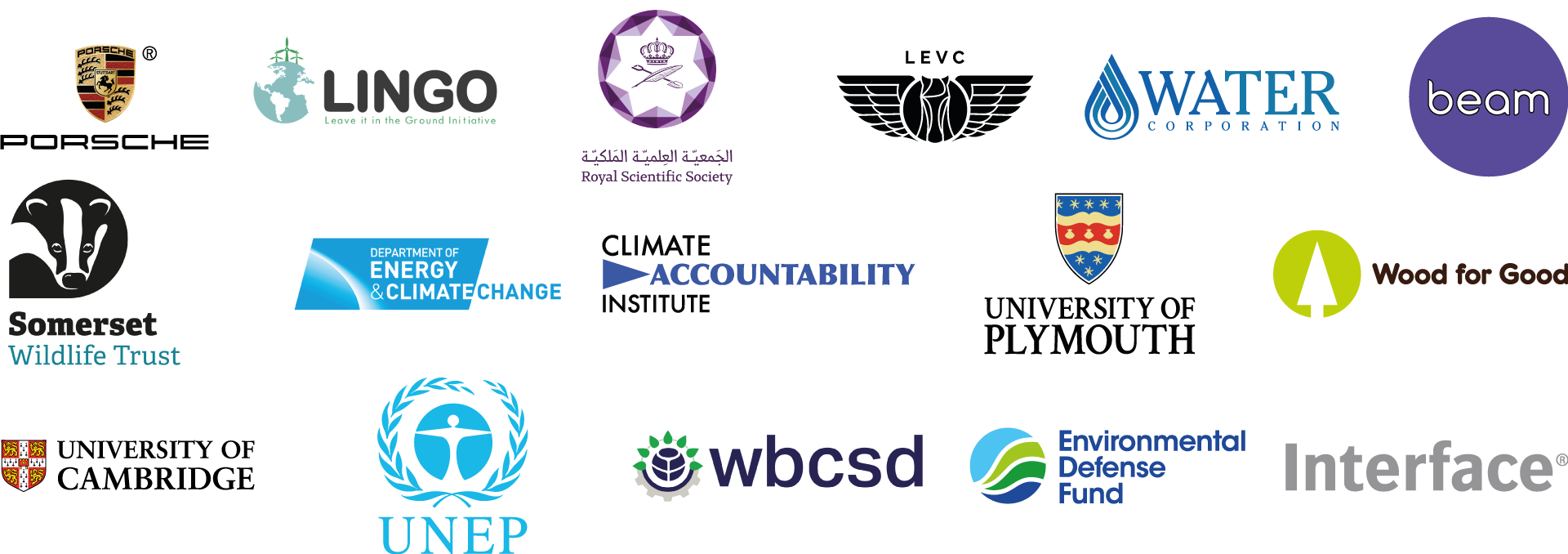We reveal the invisible, turning data into meaningful images, animations and interactive tools that help everyone from policymakers to the person on the street make sense of twenty-first century environmental challenges.

Our core expertise is to turn data into engaging and dimensionally accurate volumes in familiar landscapes. We often do this by switching between personal and global scales. This brings numbers to life and makes people more likely to explore the data further. For a population approaching ten billion people to live sustainably we need to rapidly de-carbonise our industrial systems and change our behaviour to align with planetary boundaries. We can't do that if we are not engaged.
From enquiry through to delivery our experienced team can help transform your data into engaging imagery. Every enquiry is unique and we have worked with a variety of clients in businesses, NGO's, universities, local councils and policy makers for a variety of project outcomes. Get in touch with us if you have an idea that you think we can help with.
Our work has been widely used in education around the world for schools and universities and also less formal settings such as museums and a zoo. Our images have also been used by Al Gore and the UK Government’s Chief Scientist, in public programmes and for specialists in automotive and other sectors.
Our work has been used in a variety of campaigns from cleaner air in New York City to showing historic global emissions, from low carbon farming to reaching young people on Twitter. Sometimes a striking image or animation can cut through the noise, expand an audience, engender a call to action or spark a new level of engagement and deepen understanding.
We can help you reach diverse audiences from employees to shareholders, in news, marketing and corporate reporting, from local firms to the Far East. We can tell your story about emissions, water, resource efficiency or other environmental or economic themes. We can also work with your creative agency where our science-based approach complements the creative flair of others.
We have ambitious plans for expansion in 2026 with a game-changing new development. We are looking for early-stage investors to join us on this journey. Show Me allows anyone with access to the internet to visualise anything you can count or measure. It shows the scale of things in a physically relatable way. It creates beautiful and physically accurate animations and still images in seconds. It can be used for one-off animations or added to other developers’ apps with just a few lines of code.
A picture tells a thousand words. So imagine a world where anything you can count or measure can be automatically turned into beautiful and physically accurate images by anyone with access to the Internet.
We give data a real-world context. Sometimes that means creating accurately measured objects with computer graphics, to give a sense of scale. Sometimes it means placing 3D representations of data in real-world footage. Sometimes it's both.
The Secretary General of the United Nations has asked countries to ban advertising from fossil-fuel companies. António Guterres has also urged news media and tech companies to stop taking fossil-fuel advertising. Part of the problem is that fossil fuel companies do not tell the whole story.
How do you tie messages about carbon emissions and strategies, or waste and recycling challenges, to the real world? You need data - but data doesn’t speak for itself. Real World Visuals work convinces users that data does not need to be boring.
Way back in 2003 I made picture of all the water in the world. I was curious to see it all together and a bit surprised when I’d done the calculation to see how small it looked. Many other people were surprised too. “That can’t be all the water” they’d tell me confidently, “That’s just the fresh water”. But no – all the water in the world could fit into a sphere 1,391 km across (864 miles).










We have helped at all levels from local government to the United Nations, with primary audiences ranging from young people in England and Wales to the Environment Ministers of countries in the Asia Pacific region. People in all communities can help find ways to live within environmental limits. We can help you to engage them.